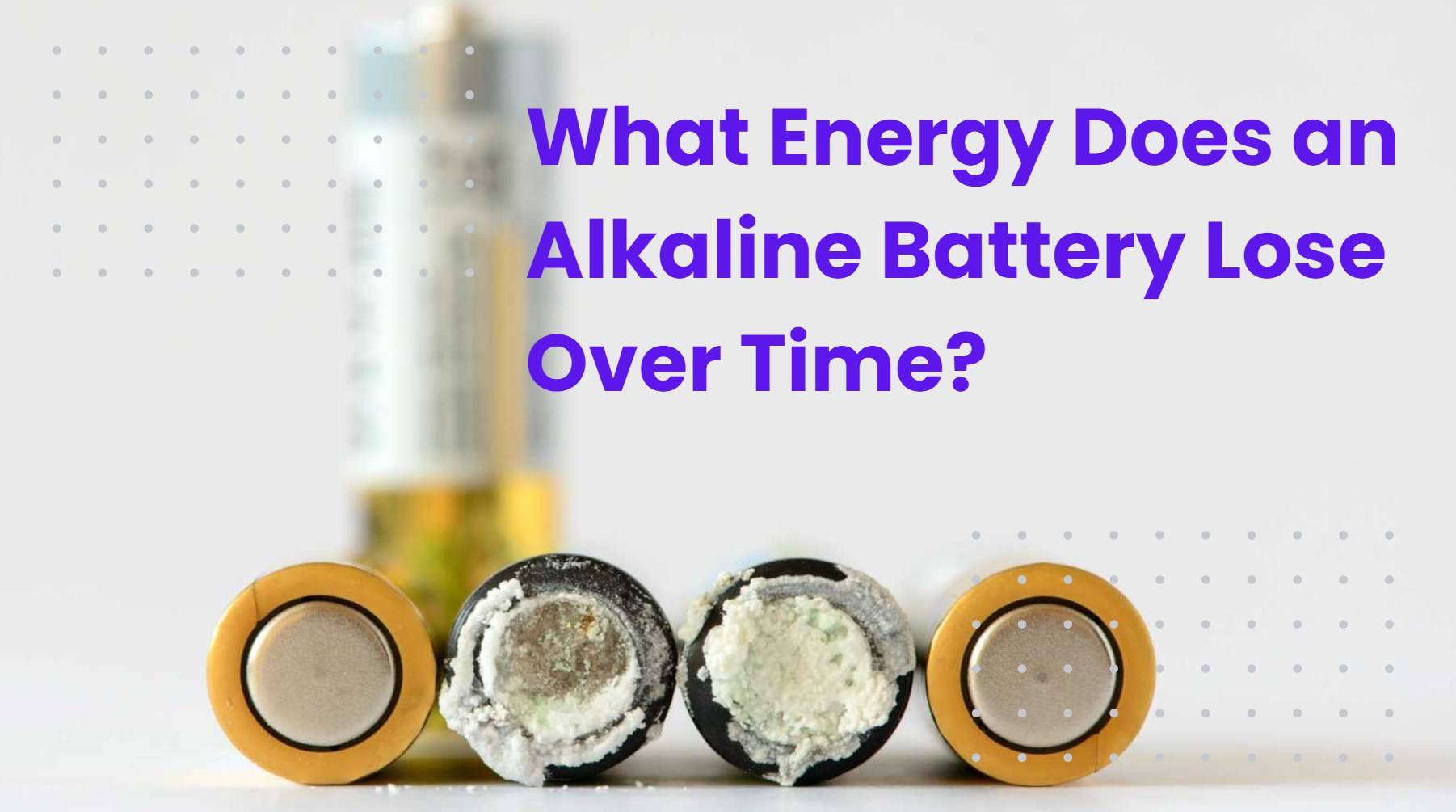
Blog
What Energy Do Alkaline Batteries Lose Over Time?

Alkaline batteries experience gradual energy loss over time due to a combination of self-discharge and environmental factors, impacting their overall performance and reliability. Understanding this energy loss is crucial for optimizing battery usage and ensuring devices function effectively when needed.
What Energy Loss Occurs in Alkaline Batteries Over Time?
Alkaline batteries typically lose energy at a rate of about 2–3% per year under optimal storage conditions. This gradual depletion happens even when the batteries are not in use, making it essential to monitor their condition to avoid unexpected power failures.Chart: Estimated Self-Discharge Rates for Different Battery Types
| Battery Type | Self-Discharge Rate | Shelf Life |
|---|---|---|
| Alkaline | 2–3% per year | Up to 10 years |
| Lithium | 10% in 5 years | Up to 10 years |
| Lead-acid | 10–15% in 24h | Varies |
| Nickel-based | 10–15% per month | Varies |
How Do Temperature Variations Affect Alkaline Battery Life?
Temperature plays a significant role in battery performance; alkaline batteries operate best between 0°C (32°F) and 35°C (95°F). At lower temperatures, chemical reactions slow down, reducing energy output, while higher temperatures can accelerate self-discharge rates.
What Is the Impact of Depth of Discharge on Energy Retention?
The depth of discharge refers to how much energy is drawn from a battery before it is recharged or replaced. For alkaline batteries, frequent deep discharges can lead to reduced lifespan and capacity retention, emphasizing the importance of partial discharges for longevity.
How Do Self-Discharge Rates Influence Overall Capacity?
Self-discharge rates indicate how much energy a battery loses while sitting idle. For alkaline batteries, this rate is relatively low compared to rechargeable types, but it still contributes to overall capacity loss over time, necessitating regular checks.
What Are the Best Practices for Extending Alkaline Battery Life?
To maximize alkaline battery lifespan:
- Store batteries in a cool, dry place away from direct sunlight.
- Avoid mixing old and new batteries in devices.
- Remove batteries from devices when not in use for extended periods.
How Does Humidity Impact Alkaline Battery Performance?
High humidity levels can negatively affect alkaline battery performance by promoting corrosion on terminals and within the battery casing, leading to leakage or reduced efficiency over time.
What Are the Best Storage Conditions for Alkaline Batteries?
Alkaline batteries should be stored at moderate temperatures (ideally between 10°C (50°F) and 25°C (77°F)) with low humidity levels to minimize self-discharge and prevent corrosion or leakage.
How Can You Tell When an Alkaline Battery Is Depleted?
Signs that an alkaline battery may be depleted include diminished performance in devices, such as slower operation or failure to power on, as well as visible signs of corrosion or leakage at the terminals.
Expert Views
“Understanding how much energy an alkaline battery loses over time is essential for effective usage planning,” states an industry expert. “By monitoring conditions and implementing best practices, users can significantly extend battery life.”
FAQ Section
- How long do alkaline batteries last?
Typically, alkaline batteries last between 5 to 10 years, depending on storage conditions and usage. - Can I recharge alkaline batteries?
No, alkaline batteries are not designed for recharging; doing so can be dangerous. - What should I do with old alkaline batteries?
Dispose of them according to local regulations; many areas have recycling programs specifically for batteries. - Do all alkaline batteries have the same shelf life?
No, shelf life can vary by brand and quality; higher-quality brands tend to last longer. - How does usage affect alkaline battery life?
Devices with high power consumption will drain alkaline batteries faster than low-power devices like remote controls.



